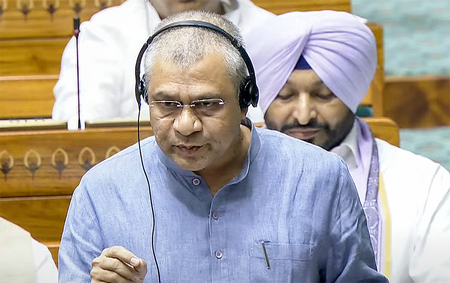
New Delhi, July 10 (IANS) A Gartner report said on Thursday that worldwide end-user spending on generative AI (GenAI) models is projected to reach $14.2 billion in 2025.
End-user spending on specialised GenAI models, which include domain-specific language models (DSLMs), is estimated to total $1.1 billion this year.
Specialised GenAI models are trained or fine-tuned on industry or business process-specific data.
Gartner predicts that by 2027, more than half of the GenAI models used by enterprises will be domain-specific (that is, specific to an industry or business function), up from 1 per cent in 2024.
“Foundation GenAI models (including LLMs) are trained on vast amounts of data and used for many different tasks. They are the first models supporting GenAI and will continue to represent the largest area of spending by organizations in the coming years,” said Arunasree Cheparthi, Senior Principal Research Analyst at Gartner.
However, organisations are also turning to more domain-specific or vertical GenAI models because they offer improved performance, cost, reliability and relevance in targeted enterprise use cases over foundation models, she mentioned.
An earlier Gartner report had said that global generative AI spending is expected to reach $644 billion in 2025, a surge of 76.4 per cent from 2024. GenAI spending in 2025 will be driven largely by the integration of AI capabilities into hardware, such as servers, smartphones and PCs, with 80 per cent of GenAI spending going towards hardware.
GenAI spending is poised for significant growth across all core markets and submarkets in 2025. GenAI will have a transformative impact across all aspects of IT spending markets, suggesting a future where AI technologies become increasingly integral to business operations and consumer products, the report had mentioned.
Foundational model providers are investing billions annually to enhance GenAI models’ size, performance, and reliability. This paradox will persist through 2025 and 2026.
–IANS
na/




